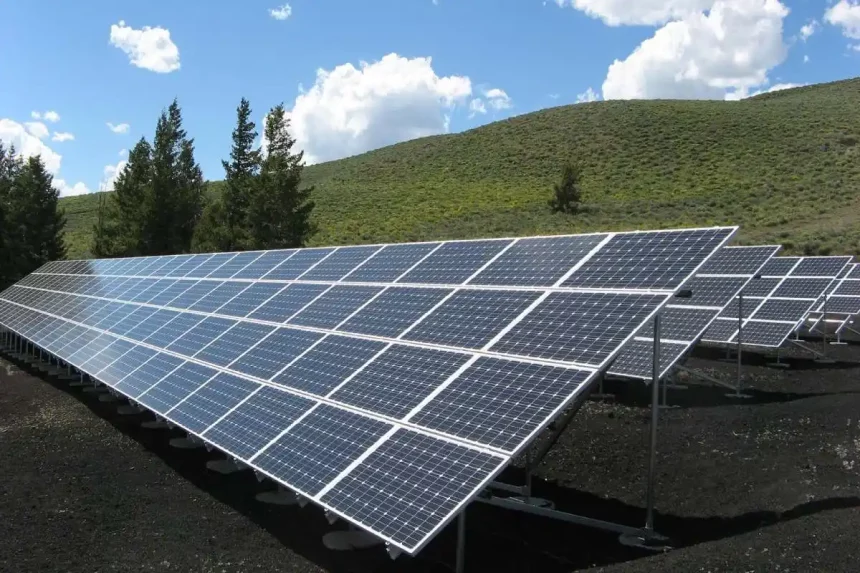Understanding what solar energy is and how it affects you as a consumer is important for accessing whether this innovative form of electricity is right for your household. This primer will provide a basic understanding of what standard solar is and how it works as well as giving a few interesting facts about it and exploring where it may lead in the future.
As more consumers turn to renewable energy sources, platforms like Utility Bidder can help you compare energy providers and find the best solar energy options, ensuring you make an informed choice for your home and sustainability goals.
What Is Standard Solar?
The sun produces more solar radiation in an hour than the entire planet uses in one year. Solar radiation is more than light, it is energy. A variety of technologies have developed to harness that solar energy and convert it into a form that can be used to power, heat and light a home or business. One benefit of going solar is the increasement of home value. According to Unbound Solar, “The research finds that, on average, solar panels increase home value by $14,329 – or 3.74% more than their non-PV counterparts.”
How Does It Work?
These technologies convert solar radiation into energy through the use of mirrors or photovoltaic (PV) solar panels that concentrate the solar radiation for collection. The energy is then stored for future use with a thermal storage system or in batteries.
Daylight is needed to capture and convert solar energy making it more efficient in areas that receive long periods of peak sunlight. Most panels need a minimum of four hours of peak sunlight for optimal energy production and will not work properly if placed in the shade or otherwise obstructed.
The Cost of Solar
Since 2008, the cost of electricity has risen, on average, by 2.2% every year while the cost of installing solar panels fell by over 60% during the same period making solar energy increasingly more cost-effective. Moreover, homes with solar panels had sales prices at more than 4% higher than homes with traditional energy sources. To help offset the cost of energy-efficient installations like solar panels, many financial institutions, municipalities, and solar panel manufacturers offer loans for solar energy upgrades to homes.
Net-Metering: An Unexpected Payback
Net-metering allows users of solar energy to store their excess energy through the power grid of public utilities. They can then access and use that energy during the night or on cloudy days when solar panels won’t produce energy. The energy exported to the grid is generally much more than one household needs, however, so the excess is used to serve nearby customer loads. This results in effectively selling your energy back to the public utility.
While there isn’t a precise estimate of how much the average American makes by net-metering, roughly 20 to 40% of a solar energy system’s output is exported to the grid. Between this income and governmental clean energy incentives, many home energy producers report earning approximately $3,000 annually.
The Future of Solar
The solar energy market continues to grow with U.S. solar arrays expected to reach more than 15 gigawatts of annual energy production in 2021 and an expected 71 gigawatts of new capacity as the market doubles by 2024. As solar energy becomes the wave of the future, you don’t want to be left behind. You can find solar panels for sale through several sources such as manufacturers, authorized dealers, mass-market home improvement stores and more.
Also Read: How to Measure Employee Engagement the Right Way?

